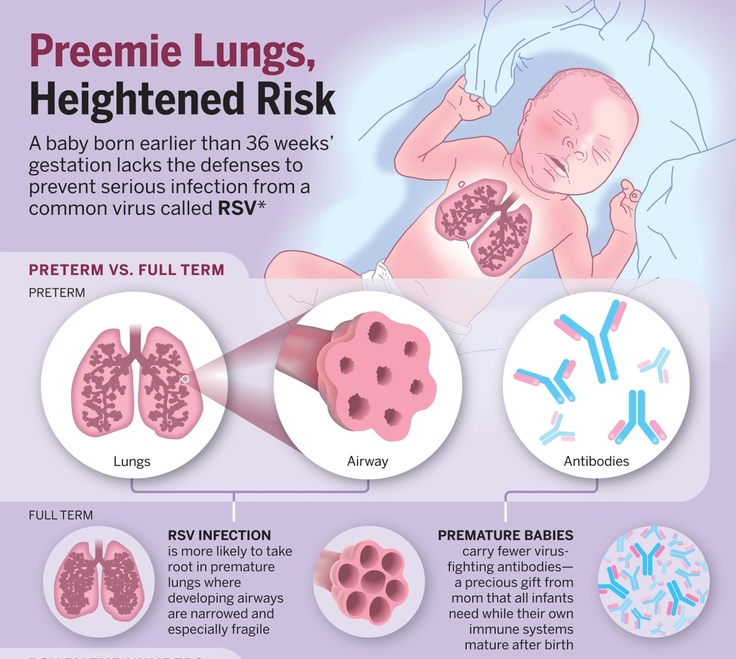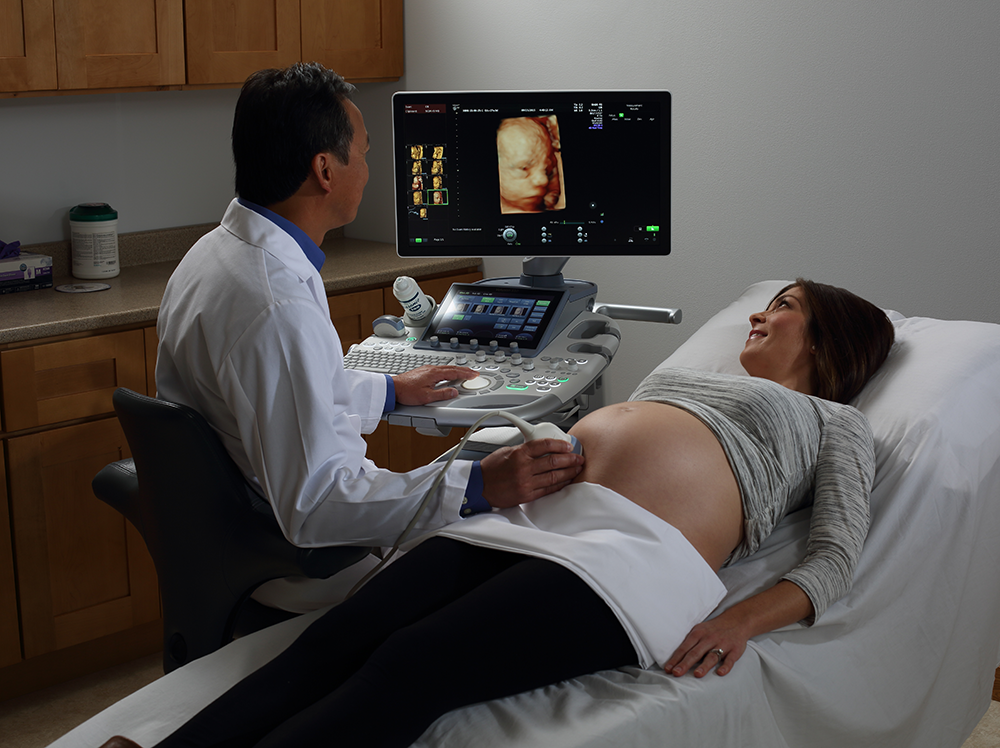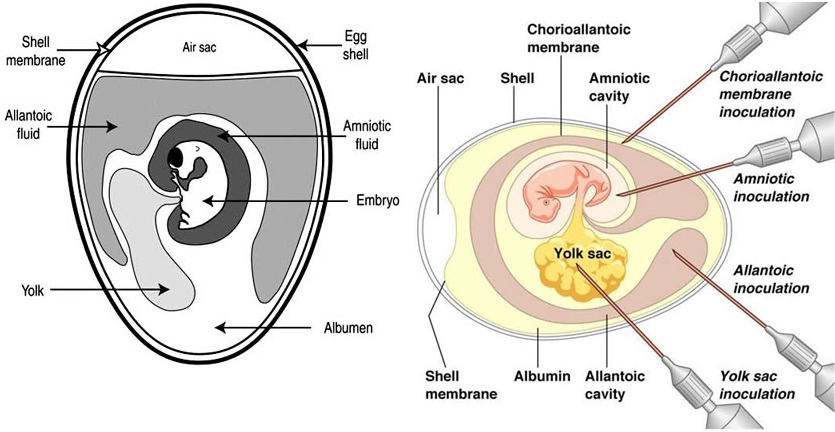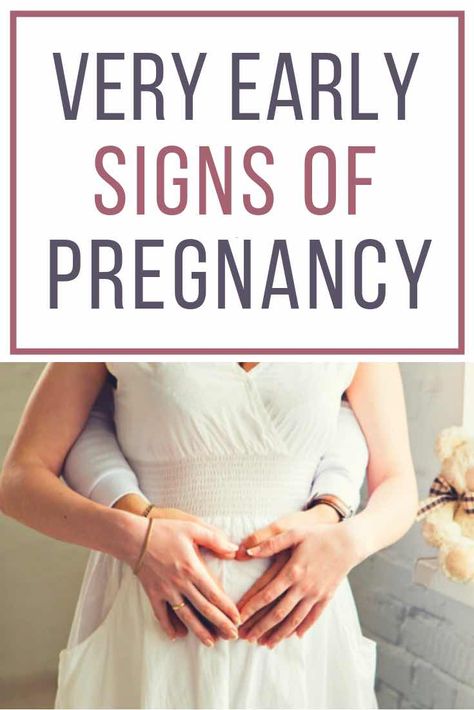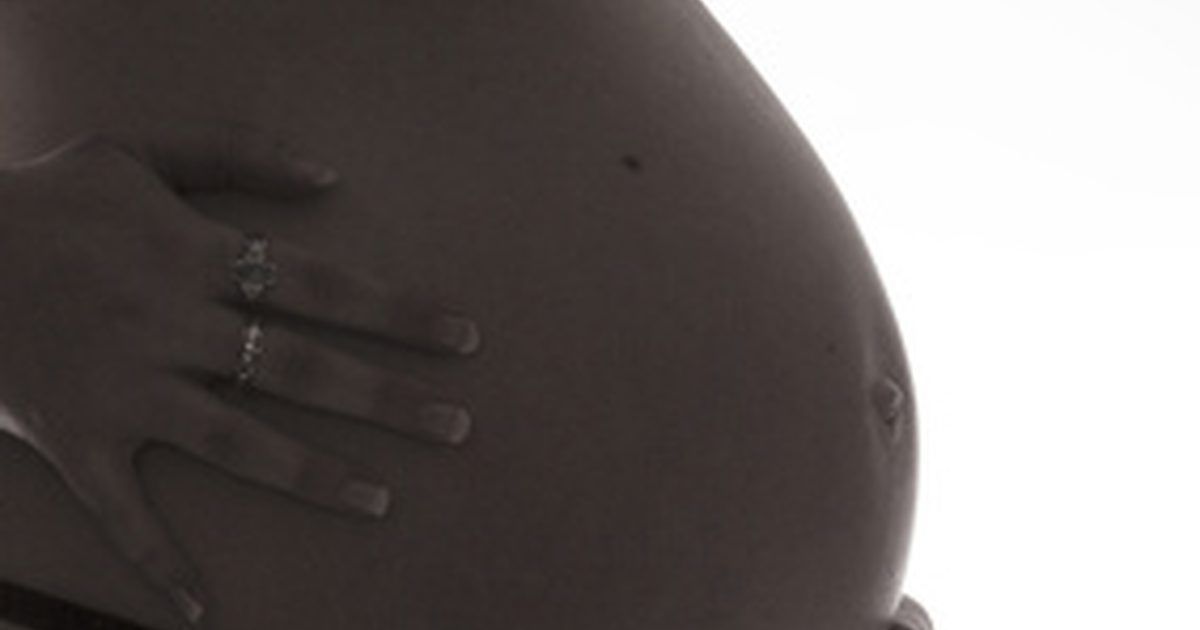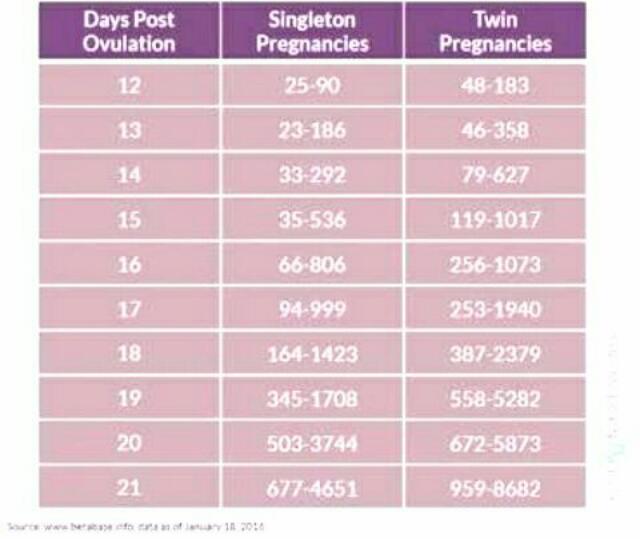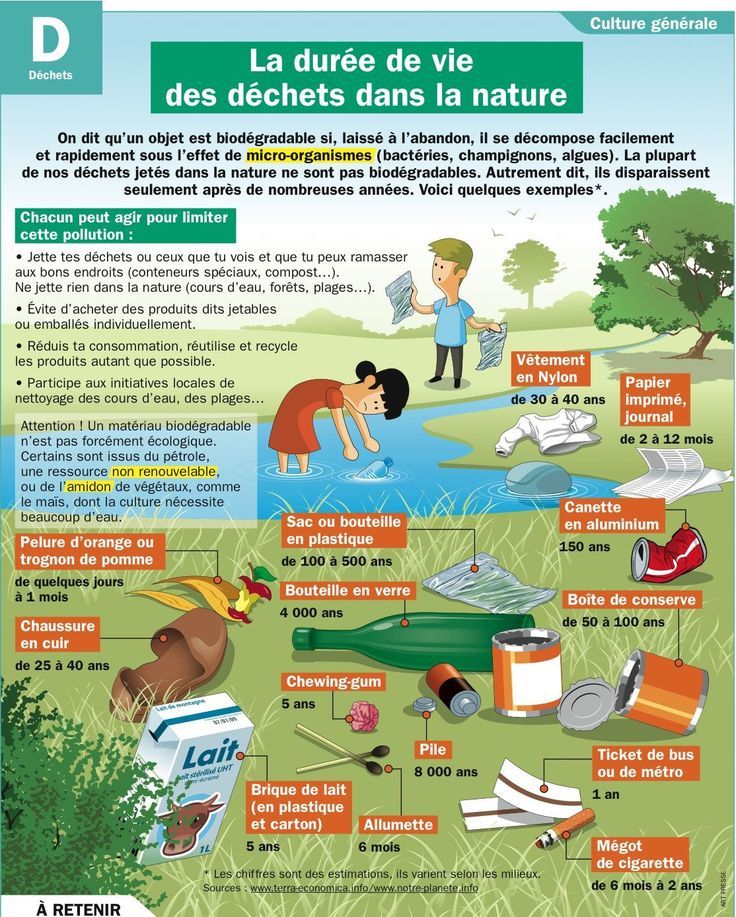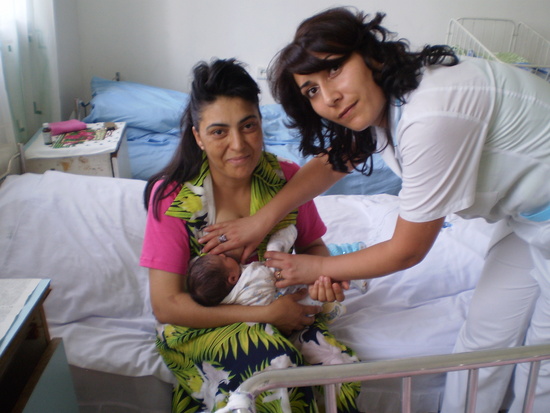Right after birth
What Happens Right After Baby Is Born?
You know all about contractions. You’ve wrapped your head around dilation. You have your deep breathing down pat. You’re as ready as you’ll ever be to push. But what happens immediately after you deliver baby? There’s the much-anticipated first snuggle, baby’s official weigh-in and lots of checks to make sure both of you are doing just fine. “The post-birth period is a really important time for bonding with your baby, while the nursing team is also monitoring your baby closely to make sure they’re adjusting as expected to life outside the womb,” says Monica Svets, MD, an ob-gyn at Cleveland Clinic in Ohio. Here’s a rundown of what happens immediately after baby is born.
Baby Will Take That First Breath
Your baby’s lungs will typically fill with air a few moments after delivery, allowing for the all-important first breath! But don’t freak out if you don’t hear a cry right away. “Some babies may cry right away, some may not,” explains Svets. “We like when babies cry, as it helps to clear fluid from their respiratory tract, so nurses will encourage the baby to cry/breathe by vigorously drying the baby and rubbing the baby’s body.”
One exception: If there is meconium (a green, sticky substance that’s baby fecal matter in-utero) in the amniotic fluid, often the doctor will want to suction baby’s mouth before the first breath so it isn’t inhaled into the lungs, says Jaqueline Worth, MD, co-author of The New Rules of Pregnancy and co-founder and co-physician at Village Obstetrics and Village Maternity. If your baby does inhale meconium, they may need to be on antibiotics and monitored in the NICU for a few days.
The Umbilical Cord Will Be Cut
Your OB will clamp the cord within seconds or minutes after birth. Both the American College of Obstetricians and Gynecologists (ACOG) and the American Academy of Pediatrics (AAP) recommend delayed cord-clamping, meaning doctors wait anywhere from 30 to 60 seconds or until the cord stops pulsating, which usually happens within five minutes, says Worth. That’s because in full-term infants it boosts hemoglobin levels and iron stores, and increases circulation and red blood cells in preterm infants.
That’s because in full-term infants it boosts hemoglobin levels and iron stores, and increases circulation and red blood cells in preterm infants.
Once the clamp is in place, the cord is cut by either your doctor or birthing partner, leaving behind a stump that will dry up and fall off on its own after a couple weeks. If you’re choosing to bank your child’s cord blood, the doctor will collect that at this point as well, Worth says.
You’ll Have Skin-to-Skin Contact
If you delivered vaginally, baby is healthy and you want immediate skin-to-skin contact (also known as kangaroo care), your OB will lay baby on your bare chest or tummy right after delivery and drape a blanket over the two of you to keep baby warm. If your little one’s vitals remain steady, they can stay there for most of the post-delivery routine that follows. Skin-to-skin contact has been shown to regulate baby’s heart rate, breathing and body temperature, stimulate baby’s interest in feeding and help to calm both of you and boost the mother-child bond.
If you have a c-section, that skin-to-skin connection may be delayed, but only briefly. Once the baby is delivered, they’ll get a quick physical assessment and bundled up before being handed back to your partner or birth support person while the surgery is completed. You can then cuddle with baby at the head of the bed until it’s time to enter the recovery room for full skin-to-skin contact. “This delay is usually insignificant, typically less than one hour,” Svets says.
Baby Will Get Their First Nursing Session
Along with skin-to-skin comes your first chance at breastfeeding, if your plan is to nurse. Bringing baby to your breast as soon as you can will start sending messages to your brain to begin milk production and letdown, Svets explains. Baby will initially receive colostrum, a thick fluid that’s rich in immunoglobulins and amino acids, which helps baby build their immune system—it’s the only food your newborn will need for the next few days until your milk fully comes in, usually two to five days after birth. Be sure to ask for help if you’re having trouble getting baby to latch: Your hospital will have lactation consultants on staff for just this reason!
Be sure to ask for help if you’re having trouble getting baby to latch: Your hospital will have lactation consultants on staff for just this reason!
You’ll Deliver the Placenta
Most placentas deliver spontaneously within the first few minutes after birth, Worth says. You may not even notice it happening! But if it takes longer than 30 minutes, or if you’re bleeding heavily, your doctor will remove it manually.
Doctors Will Conduct Apgar Tests
One minute and then five minutes after your child is born, your OB will assess baby’s post-delivery condition using the Apgar test. Your doctor will look at baby’s heart rate, breathing, muscle tone, reflexes and skin color, and will give each category a value of 0, 1 or 2, and then all scores are totaled. “The five-minute score is the most important because it takes a baby a few minutes to get acclimated and start breathing,” explains Judith Lothian, PhD, RN, a maternal-child nurse and childbirth educator and associate professor at Seton Hall University College of Nursing.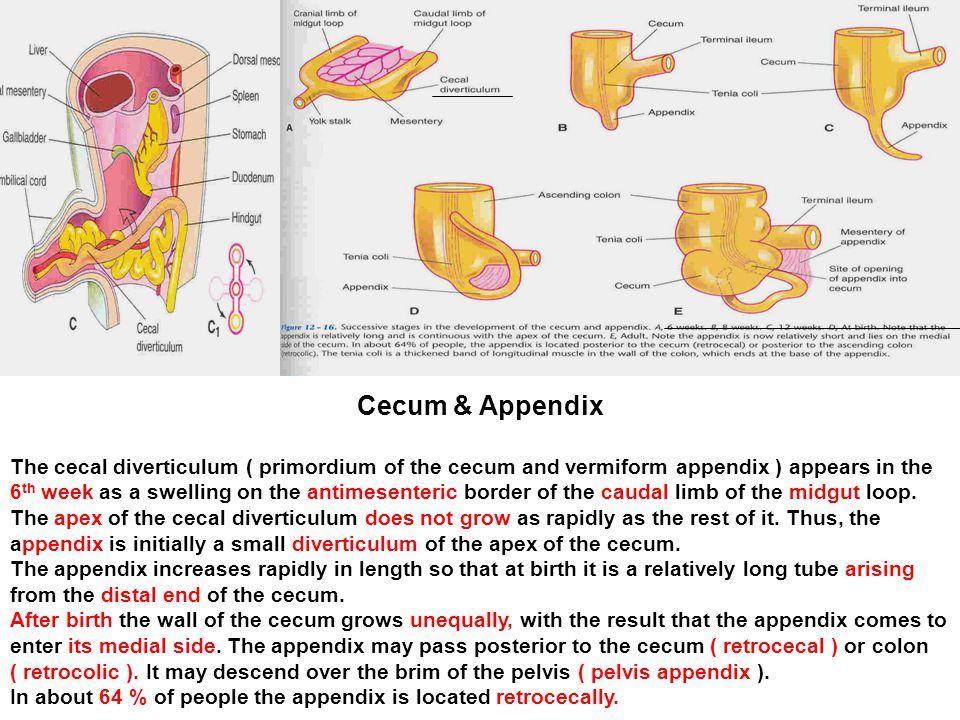
The highest total score possible is a 10, although babies rarely score a 10, Lothian says—7 to 9 is considered a high score and is given to newborns who appear healthy and don’t require additional assistance, while a score below 7 can indicate that baby needs pediatric or NICU attention. But try not to read too much into the scores. “A lower score does not necessarily mean that a newborn is unhealthy or that something is seriously wrong,” Svets cautions. “Perfectly healthy babies can sometimes have a lower-than-usual score, especially in the first few minutes after birth.” It might also just indicate that baby needs suctioning or oxygen to help them breathe better or closer monitoring in the nursery or NICU. The Apgar test is a simple assessment of baby’s wellbeing in the moment and definitely doesn’t predict baby’s future health.
Baby’s Vitals Will Be Checked
Soon after birth, the nurses or pediatrics team will also do a detailed physical exam of baby in the delivery suite, Svets adds. They’ll measure your child’s temperature, heart rate, weight, length and head circumference. Plus, they’ll double-check that there aren’t any birth injuries or obvious issues. If there’s anything they need to check further, they may decide to bring baby to the NICU. Otherwise, if all looks good, then back to Mom the baby goes!
They’ll measure your child’s temperature, heart rate, weight, length and head circumference. Plus, they’ll double-check that there aren’t any birth injuries or obvious issues. If there’s anything they need to check further, they may decide to bring baby to the NICU. Otherwise, if all looks good, then back to Mom the baby goes!
Baby Will Receive Preventative Medicine
Within an hour of arrival, baby will be given a Vitamin K injection to help with blood coagulation. “Newborns can be deficient in Vitamin K, which puts them at risk for internal bleeding,” Worth explains. A nurse will also put antibiotic drops in baby’s eyes to help prevent infections. Most states require vitamin K shots and eye drops by law. The hepatitis B vaccine usually comes a little later, within 12 hours of delivery or at an in-office appointment with your child’s pediatrician.
About the experts:
Monica Svets, MD, is an ob-gyn at Cleveland Clinic in Ohio. She earned her medical degree from Wright State University School of Medicine in Dayton, Ohio, and is a member of the American College of Obstetrics and Gynecology, the American Medical Women’s Association and the American Medical Association.
Jaqueline Worth, MD, is a New York City-based ob-gyn, co-author of The New Rules of Pregnancy and co-founder and co-physician at Village Obstetrics and Village Maternity. She graduated from Columbia University’s College of Physicians and Surgeons and has nearly 20 years of experience delivering thousands of babies.
Judith Lothian, PhD, RN, LCCE, FAAN, is a maternal-child nurse and childbirth educator and associate professor at Seton Hall University College of Nursing with more than 40 years of experience. She is also a member of Lamaze International’s board of directors and a nationally recognized speaker on birth and breastfeeding.
Please note: The Bump and the materials and information it contains are not intended to, and do not constitute, medical or other health advice or diagnosis and should not be used as such. You should always consult with a qualified physician or health professional about your specific circumstances.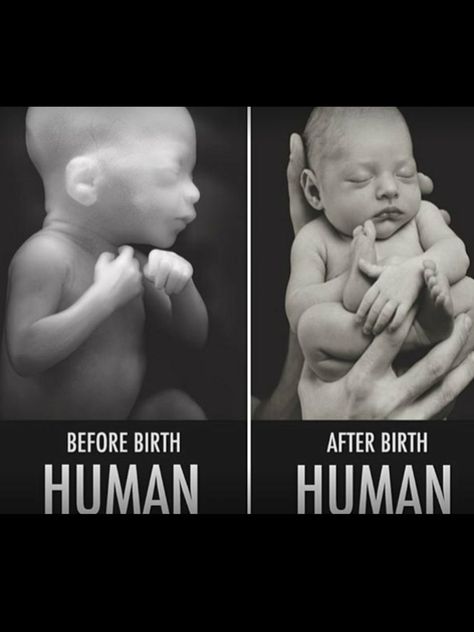
Plus, more from The Bump:
What Happens at the Hospital When You Deliver
8 Surprising Things That Happen After Birth
The Newborn Screening Tests You Can Expect Baby to Get
Mum's first 24 hours after birth
Mum's first 24 hours after birth | Pregnancy Birth and Baby beginning of content6-minute read
Listen
If you are pregnant with your first baby, you might be wondering what to expect after you have your baby and what changes may occur in your body during the first 24 hours after you give birth.
This page explains what to expect after a vaginal birth in hospital.
If you have a caesarean section, your experience will be a little different. You can read more about what to expect after a caesarean section.
What happens in the birth room immediately after I give birth?
The birth of a baby is a different experience for everyone. Although there are some things that may be similar for most new mothers.
At the time of birth, your baby will likely be lifted up onto your chest for skin-to-skin contact. You will then need to deliver the placenta. Whilst you are cuddling your baby, your midwife or doctor will look at your perineum and vagina to see if you have any tears that need repairing with stitches.
Your midwife will check your baby and your pulse and blood pressure, and will check for vaginal blood loss and the firmness of your fundus (the top of the uterus). They will also do a thorough check of your baby from head to toe. If your baby is healthy at birth, this doesn’t need to happen straight away.
If you choose to breastfeed your midwife can help you feed your baby.
Find out more about your baby's first 24 hours.
How long will I be in the birth room after giving birth to my baby?
After a normal vaginal birth, you will probably stay in the birth room with your baby for about 2 hours.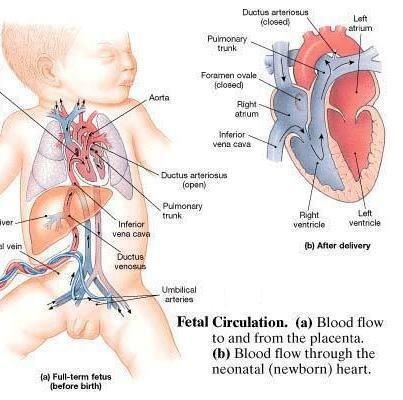 You may have a meal and a shower before transferring to the postnatal ward or going home. If you are going home 4 to 6 hours after birth, you might be able to stay in the birth room until discharge.
You may have a meal and a shower before transferring to the postnatal ward or going home. If you are going home 4 to 6 hours after birth, you might be able to stay in the birth room until discharge.
What should I expect physically in the first 24 hours after birth?
How you might feel after the birth varies. You might feel elated, exhausted, emotionally drained or all of them at once. This is normal, you have just been through a big and life changing event.
You will have bleeding from the vagina — this bleeding is known as 'lochia'. For the first 24 hours, lochia is similar to a heavy period and you might also pass some lochia clots. If clots are bigger, such as the size of a 50 cent piece, tell your midwife. You may continue losing blood from your vagina for around 4 to 6 weeks.
Some women have after-birth pains as the uterus starts to contract to its pre-pregnancy size. After-birth pains can feel like labour pains or mild to moderate period pain. If you’re having your second or third baby, they’ll probably be stronger than the after-birth pains from your first baby. A warm pack on your back or belly may help. You can also ask your doctor or midwife for pain relief.
A warm pack on your back or belly may help. You can also ask your doctor or midwife for pain relief.
Your perineum may be swollen in the first 24 hours after giving birth. You can manage this with the RICE program.
- Rest — lie down to help reduce pain and swelling
- Ice — apply an ice pack for 20 minutes every 2 to 4 hours to reduce the swelling
- Compression — wear firm-fitting underwear and 2 to 3 maternity pads for extra support
- Exercise — start pelvic floor exercises as soon as you comfortably can, but certainly within the first few days
If your perineum is painful, ask your midwife for pain relief. If you have stitches in your perineum, they will dissolve in 1 to 2 weeks. Wash the area normally in the shower and gently pat dry. Eat plenty of fibre and drink a lot of water so your stools are soft. Avoid straining on the toilet and ask for laxatives if you become constipated. Your midwife or doctor will look at your perineum regularly after birth and prior to you going home, to observe for blood loss, bruising and to make sure there are no signs of worsening bruising or trauma to the area.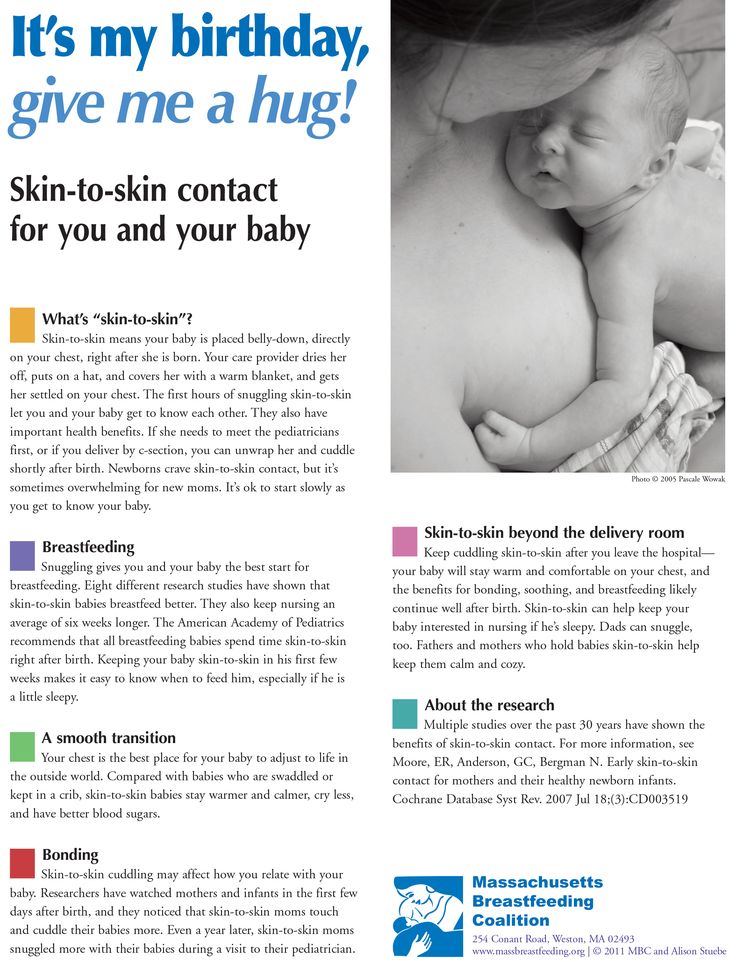
Your breasts will produce colostrum to feed your baby. Normally a small amount is produced. Remember that your baby’s tummy is just the size of a marble.
If you have a straightforward vaginal birth in a public hospital or birthing centre, you’ll probably go home within 24 hours. A midwife might visit you at home. If you have your baby in a private hospital, you might be able to stay longer, if you want to. Ask your hospital what to expect for your length of stay.
If I have a home birth, what care will my midwife provide after the birth?
If you give birth at home, your midwife will stay with you for some time then return later to check on you and your baby. Talk to your midwife before the birth about what happens after.
What if things didn’t go to plan?
Sometimes birth isn’t straight forward, and it can be difficult to plan for this. You may find attending labour and birth classes during your pregnancy can help give you a better understanding of what to expect.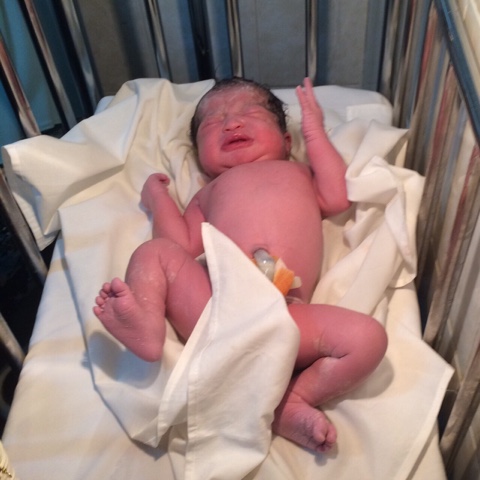
If you have had a difficult birth or complications after birth, it’s a good idea to talk to your healthcare provider in the immediate recovery period whilst you are still in hospital. Although, for some new parents these feeling may not arise immediately. If you are concerned or having ongoing physical or psychological issues in the weeks or months following birth, seeking help early is recommended.
Who can I talk to for advice and support
There are a number of organisations that you can talk to for advice and support:
- Australasian Birth Trauma Association
- ForWhen — Perinatal Depression & Anxiety Helpline
- PANDA
Speak to a maternal child health nurse
Call Pregnancy, Birth and Baby to speak to a maternal child health nurse on 1800 882 436 or video call. Available 7am to midnight (AET), 7 days a week.
Sources:
Australian Commission on Safety and Quality in Health Care (Third and fourth degree perineal laceration during delivery), Raising Children Network (New Mums: Your body after birth), Raising Children Network (Recovery after birth: in pictures), Centre of Perinatal Excellence (COPE) (Recovery from birth), The Royal Women's Hospital (What to expect)Learn more here about the development and quality assurance of healthdirect content.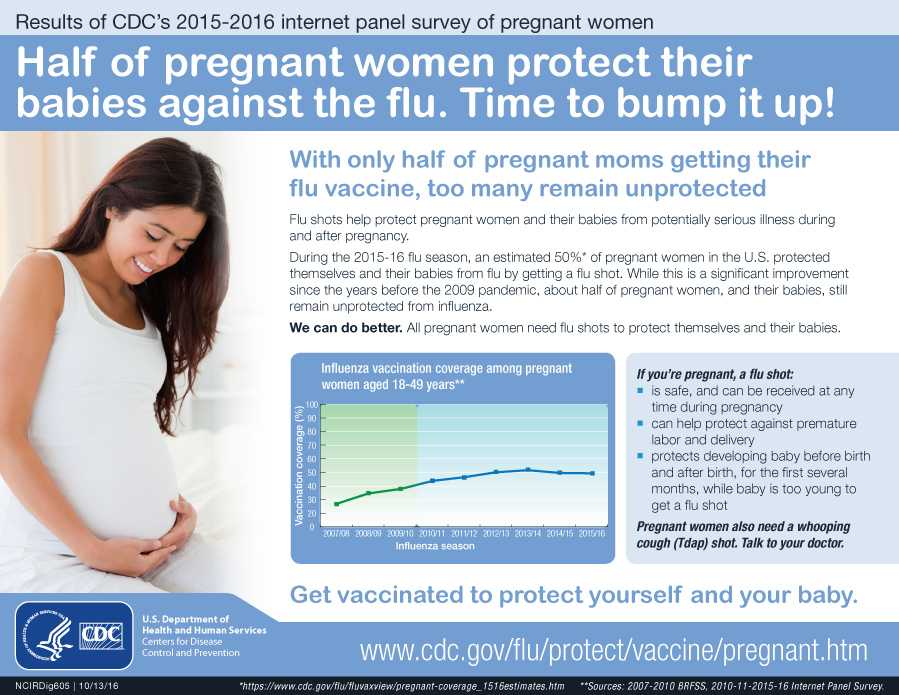
Last reviewed: September 2022
Back To Top
Related pages
- Your baby in the first few days
- Baby's first 24 hours
- Mum's first few days after giving birth
- Birth trauma (emotional)
- Birth injury (to the mother)
Need more information?
For new mums - COPMI
If you're pregnant or a new mum who experiences mental illness or mental health difficulties, this information is important.
Read more on COPMI – Children of Parents with a Mental Illness website
New mums and dads: healthy lifestyle choices
When you’re a new parent, healthy lifestyle choices like healthy eating and physical activity will keep you in good shape to care for your baby.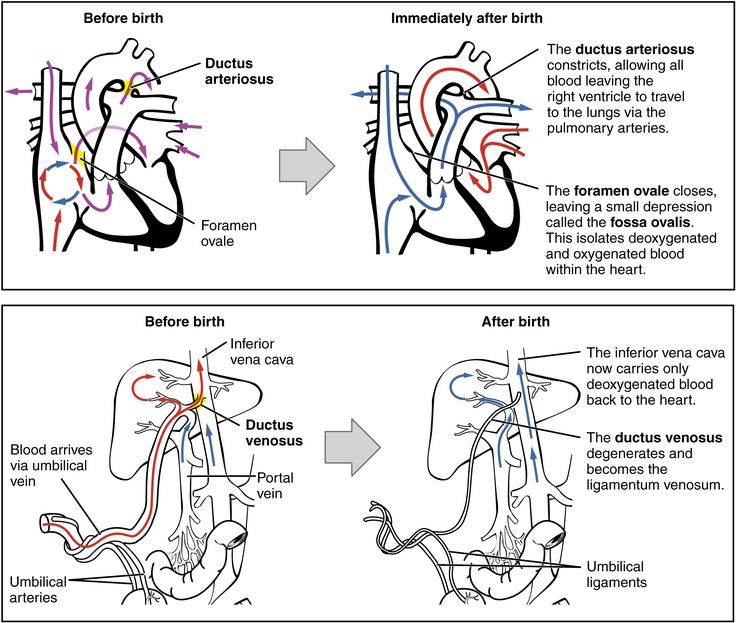 Get tips.
Get tips.
Read more on raisingchildren.net.au website
New mums guide: first weeks of parenting | Raising Children Network
There’s a lot to learn when you’re a new mum. Find your way with our new mums guide to looking after yourself and caring for baby in the first weeks.
Read more on raisingchildren.net.au website
New mums: your body after birth | Raising Children Network
New mums, your body has been through a lot. Here’s all you need to know about vaginal bleeding, afterpains, nipples and breasts, continence and weight.
Read more on raisingchildren.net.au website
For All New Parents - MumSpace
MumSpace is Australias new one-stop website supporting the mental health and emotional wellbeing of pregnant women, new mums and for All New Parents.
Read more on MumSpace website
About MumSpace - MumSpace
MumSpace is Australias new one-stop website supporting the mental health and emotional wellbeing of pregnant women, new mums and their families.
Read more on MumSpace website
Bonding, talking & listening: young babies | Raising Children Network
This video shows a new mum bonding, connecting and communicating with her baby. It explains how talking to babies in everyday activities helps learning.
Read more on raisingchildren.net.au website
How will you feed your baby?
One of the most important choices you need to make as a new mum is how you will feed your baby. Find out about the different options.
Find out about the different options.
Read more on Pregnancy, Birth & Baby website
New Normal Navigator app
The New Normal Navigator app helps mums, dads and other carers of a child diagnosed with cancer navigate the return home from hospital and the months afterwards.
Read more on healthdirect website
Parenting in a new country | Raising Children Network
This video is about being a parent in a new country. Mums from migrant and diverse cultural backgrounds talk about starting a family in Australia.
Read more on raisingchildren.net.au website
Disclaimer
Pregnancy, Birth and Baby is not responsible for the content and advertising on the external website you are now entering.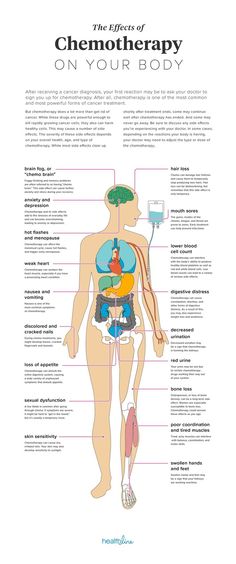
Need further advice or guidance from our maternal child health nurses?
1800 882 436
Video call
- Contact us
- About us
- A-Z topics
- Symptom Checker
- Service Finder
- Linking to us
- Information partners
- Terms of use
- Privacy
Pregnancy, Birth and Baby is funded by the Australian Government and operated by Healthdirect Australia.
Pregnancy, Birth and Baby is provided on behalf of the Department of Health
Pregnancy, Birth and Baby’s information and advice are developed and managed within a rigorous clinical governance framework. This website is certified by the Health On The Net (HON) foundation, the standard for trustworthy health information.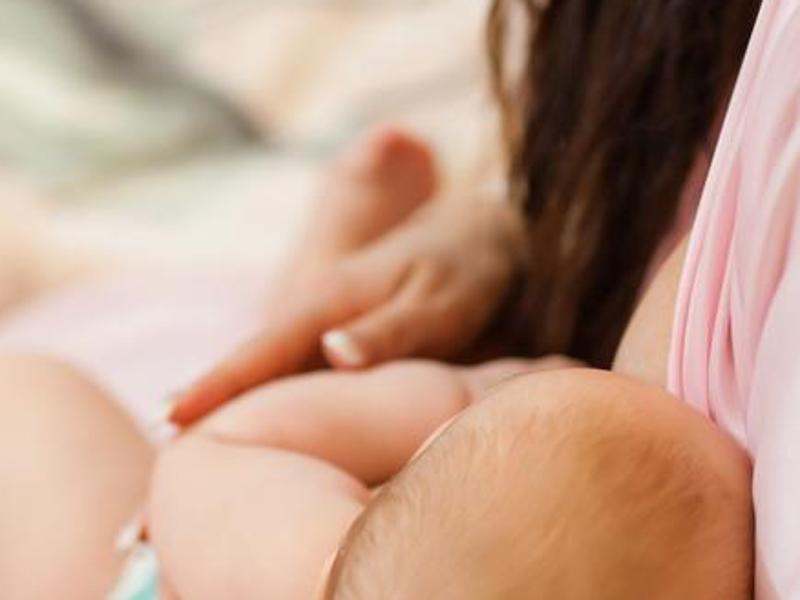
This site is protected by reCAPTCHA and the Google Privacy Policy and Terms of Service apply.
This information is for your general information and use only and is not intended to be used as medical advice and should not be used to diagnose, treat, cure or prevent any medical condition, nor should it be used for therapeutic purposes.
The information is not a substitute for independent professional advice and should not be used as an alternative to professional health care. If you have a particular medical problem, please consult a healthcare professional.
Except as permitted under the Copyright Act 1968, this publication or any part of it may not be reproduced, altered, adapted, stored and/or distributed in any form or by any means without the prior written permission of Healthdirect Australia.
Support this browser is being discontinued for Pregnancy, Birth and Baby
Support for this browser is being discontinued for this site
- Internet Explorer 11 and lower
We currently support Microsoft Edge, Chrome, Firefox and Safari.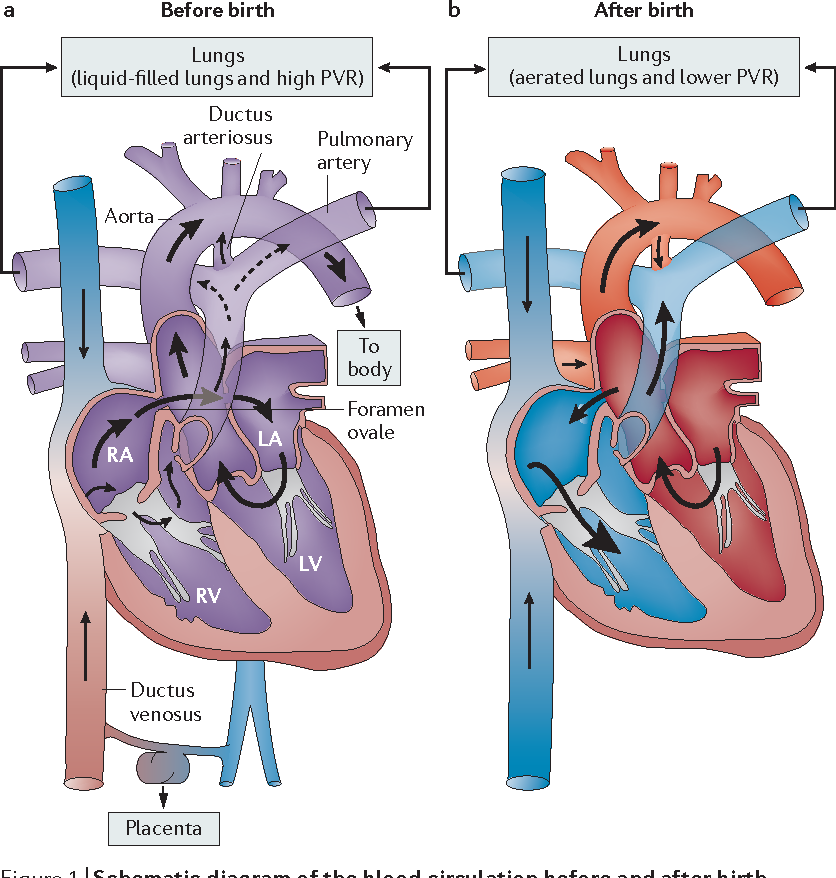 For more information, please visit the links below:
For more information, please visit the links below:
- Chrome by Google
- Firefox by Mozilla
- Microsoft Edge
- Safari by Apple
You are welcome to continue browsing this site with this browser. Some features, tools or interaction may not work correctly.
The first days in the hospital - articles from the specialists of the clinic "Mother and Child"
Bogomolova Marina Vadimovna
Embryologist
Clinic "Mother and Child" St. Petersburg
Immediately after childbirth
Immediately after the birth of the child is placed on the mother's stomach , then the umbilical cord is cut and the baby is applied to the mother's breast. Then the skin of the newborn is cleaned, its length and weight, head and chest circumference are measured. The doctor examines the birth canal, if necessary, sews up tears in the soft tissues of the birth canal, assesses the tone of the postpartum uterus, and helps the woman empty her bladder.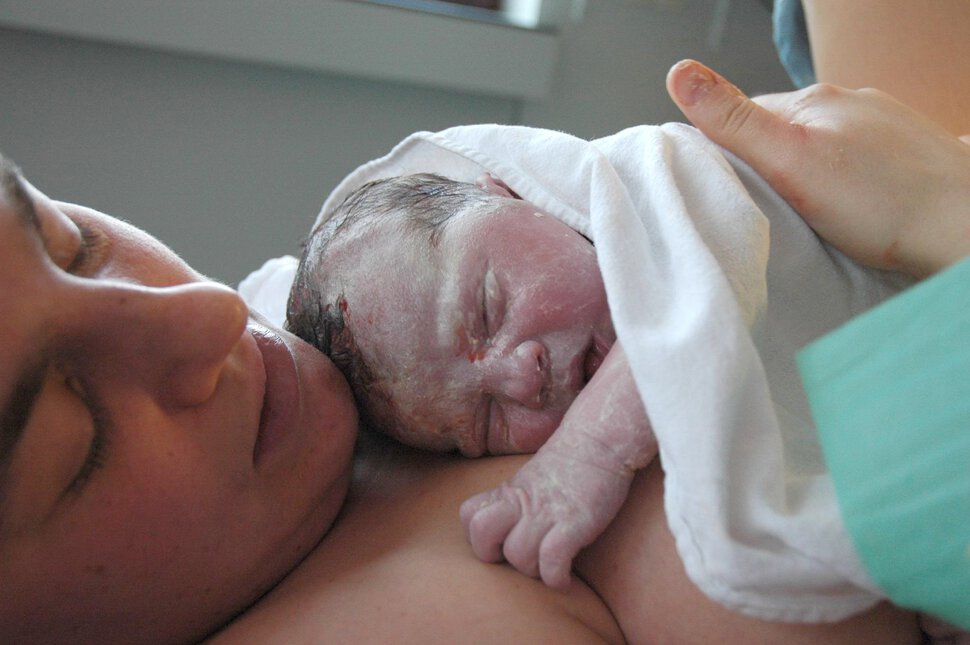 But even after all these standard manipulations, the mother is not transferred to the postpartum ward, another for two to three hours, the puerperal stays in the maternity block . Why? In the first two hours after childbirth, some complications are possible, primarily uterine bleeding or an increase in blood pressure. Therefore, during these two hours, the mother lies on a stretcher or a bed in the maternity ward, since doctors and midwives are constantly there, and the operating room, in which case, is also located nearby. The child at this time is usually taken to the children's department, where he most often sleeps. And only two hours later, if everything is fine, the mother is transferred to the postpartum ward.
But even after all these standard manipulations, the mother is not transferred to the postpartum ward, another for two to three hours, the puerperal stays in the maternity block . Why? In the first two hours after childbirth, some complications are possible, primarily uterine bleeding or an increase in blood pressure. Therefore, during these two hours, the mother lies on a stretcher or a bed in the maternity ward, since doctors and midwives are constantly there, and the operating room, in which case, is also located nearby. The child at this time is usually taken to the children's department, where he most often sleeps. And only two hours later, if everything is fine, the mother is transferred to the postpartum ward.
How does a woman feel at this time? Chills may occur, abdominal pain may occur, especially in multiparas.
What should a woman do at this time? Relax and unwind. Take shelter so as not to freeze, especially if chills appear. Place an ice pack on the uterus.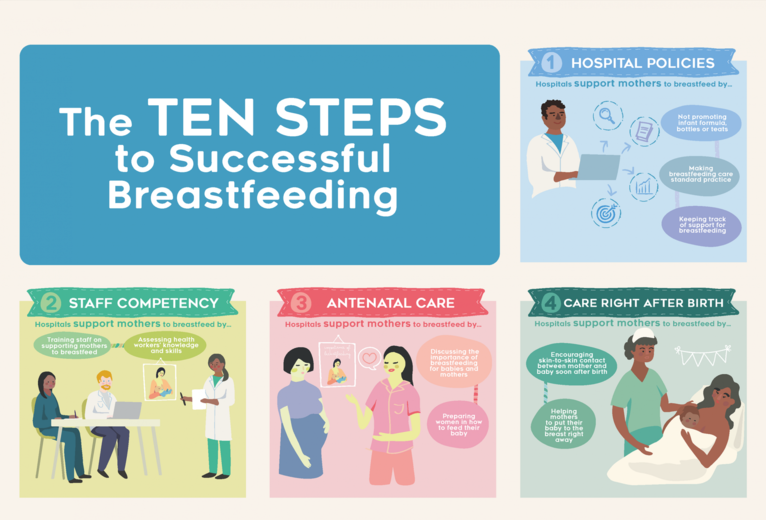 If possible, ask the midwife to bring hot tea.
If possible, ask the midwife to bring hot tea.
1st day after birth0009 postnatal midwife . She will tell you about the arrangement of the department (where the shower, toilet, dining room are), about the daily routine (the time for visiting doctors, eating) and will help the young mother, if necessary, to empty the bladder using a catheter. If a woman lies together with the baby, then immediately after the transfer to the postpartum ward, the child will be brought to her. The midwife will help the mother to properly attach the baby to the breast and start breastfeeding. Then nurse will come and show you how to swaddle your baby and explain how to take care of him. Do not be afraid that after childbirth there will not be enough strength for the child: most newborns sleep most of the day and wake up only for feeding. In addition, in the maternity hospital, the child is usually washed and dressed by nurses, so that the woman will have enough time to relax. If there is no joint stay of mother and child in the maternity hospital, then every three hours they will bring him to the ward for feeding, and then take him back to the children's department. Over time, the woman herself will pick up and carry the child.
Over time, the woman herself will pick up and carry the child.
How does a woman feel at this time? On the first day after giving birth, women feel differently. Some experience an incredible elation (this is due to the release of endorphins into the blood - the hormones of pleasure), while others, on the contrary, feel very tired. Some want to call all their friends and announce the birth of a child, they are inspired, full of energy and ready to take care of the baby on their own. Other mothers want to be alone and come to their senses, they still do not have the strength to constantly be with the child.
What should a woman do at this time? In any case, immediately after childbirth, as after any heavy load, you need to restore strength: first eat, and then go to bed or just relax. By the way, the following situation is possible: the birth occurred in the evening or at night, and dinner time has already expired; therefore, in order not to starve, you need to bring something light for a snack (cookies, bread rolls) with you to the hospital in advance.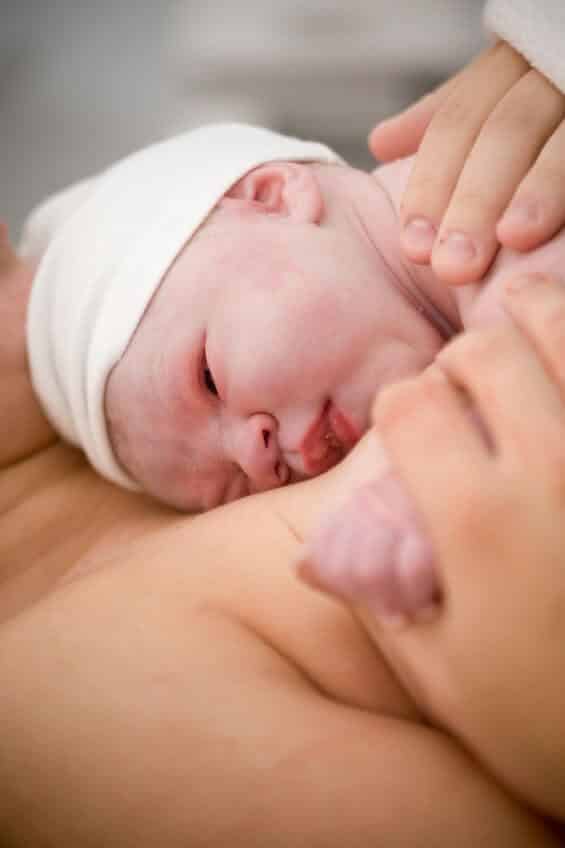
6 hours after birth, the mother can usually get out of bed.
In general, if the childbirth went without complications, then you should start getting up as early as possible, first with the help of a midwife, and then on your own.
This helps to improve blood circulation, normalize the functioning of the urinary system and intestines, and accelerate healing processes. In addition, very soon the baby will require more attention.
Important point: After childbirth, the tone of the bladder decreases, so the urge to urinate may be absent or it may become painful and frequent. However, you should go to the toilet at least four times a day. Urination can be caused reflexively by opening a tap with water, this helps many people a lot. In the absence of the desired effect, urine is removed by a catheter. Most often there is no stool on the first day after birth.
Next days
Every day, the mother will be examined by an obstetrician-gynecologist : he will evaluate the contraction of the uterus, the condition of the sutures and the amount of discharge, see if colostrum is secreted.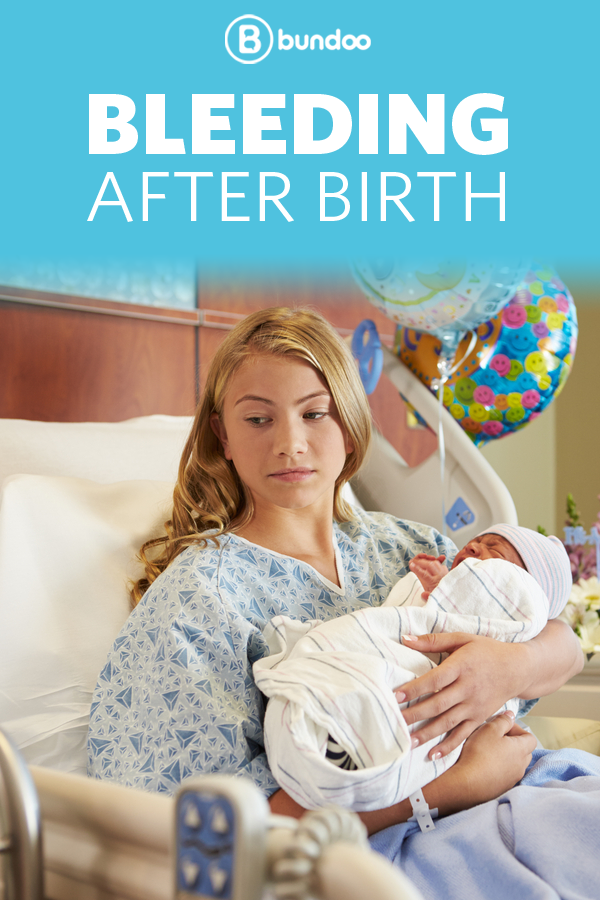 The midwife will regularly measure the temperature, pulse, blood pressure and treat the external stitches with disinfectant solutions several times a day. Also, every day the baby will be watched by a pediatrician, after which he will tell his mother about the condition of the child. After a normal birth, a woman, as a rule, is discharged on the 3rd-4th day (after a caesarean section - on the 5th-6th).
The midwife will regularly measure the temperature, pulse, blood pressure and treat the external stitches with disinfectant solutions several times a day. Also, every day the baby will be watched by a pediatrician, after which he will tell his mother about the condition of the child. After a normal birth, a woman, as a rule, is discharged on the 3rd-4th day (after a caesarean section - on the 5th-6th).
How does a woman feel at this time?
After childbirth, a woman may experience pain in the abdomen due to uterine contractions, as well as slight muscle pain in different parts of the body. On the face and on the whites of the eyes, a “rash” may appear - pinpoint hemorrhages that appear due to the fact that small capillaries burst during attempts from tension. Blood pressure can be lowered, so dizziness is possible (to avoid it, you should get up smoothly, without sudden movements). There may be pain in the perineum, even if there were no tears and its incision (pain appears because the perineum was severely stretched during childbirth).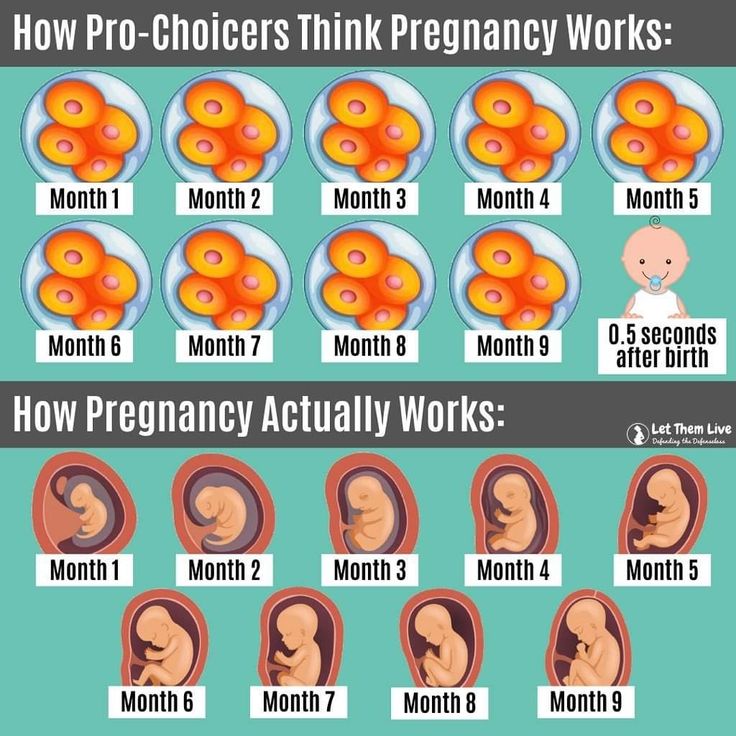 If the perineum is sutured, then it will not be possible to sit for at least the first two weeks. Sometimes after childbirth, varicose veins appear in the anus (hemorrhoids), which means discomfort in this place.
If the perineum is sutured, then it will not be possible to sit for at least the first two weeks. Sometimes after childbirth, varicose veins appear in the anus (hemorrhoids), which means discomfort in this place.
What should a woman do at this time? Mom needs to continue to rest and gain strength. And you should also follow the rules of personal hygiene: often change postpartum pads, do air baths for seams (if any), take a shower daily, wash yourself every time after a bowel movement. Well, the most important thing is to establish breastfeeding and learn how to take care of the baby in practice.
Time in the maternity hospital flies very quickly. Try to spend it usefully - restore your strength and acquire useful skills: at home, all this will be very useful to you!
REMINDER
Things to do at the maternity hospital
- Have a good rest: sleep all your free time and eat well.
- Get complete information about your child's condition: so ask your pediatrician all your questions.
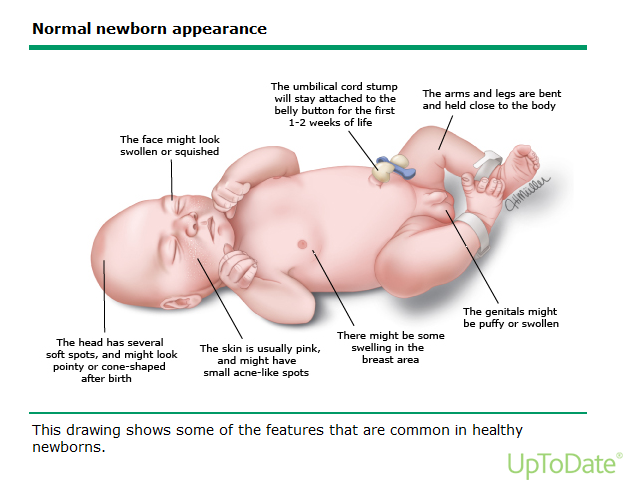
- Establish contact with the child: therefore, spend as much time with the baby as possible, ideally being with him all the time. Take the baby in your arms, unfold the diapers, carefully examine the baby without clothes.
- Learn how to take care of your baby: so ask your baby nurse to show you how to wash your baby, change clothes, swaddle, change diapers, clean ears and nose, cut nails.
- Establish breastfeeding: To do this, feed your baby on demand. Ask the midwife to show you how to properly hold the baby at the breast, how to give and take away the breast.
Make an appointment
to the doctor - Bogomolova Marina Vadimovna
Clinic "Mother and Child" St. Petersburg
Cryopreservation of single spermatozoa Cryopreservation of embryos, eggs, spermJoint consultation of a reproductive specialist and an embryologistEmbryology
By clicking on the send button, I agree to the processing of personal data
Attention! Prices for services in different clinics may vary.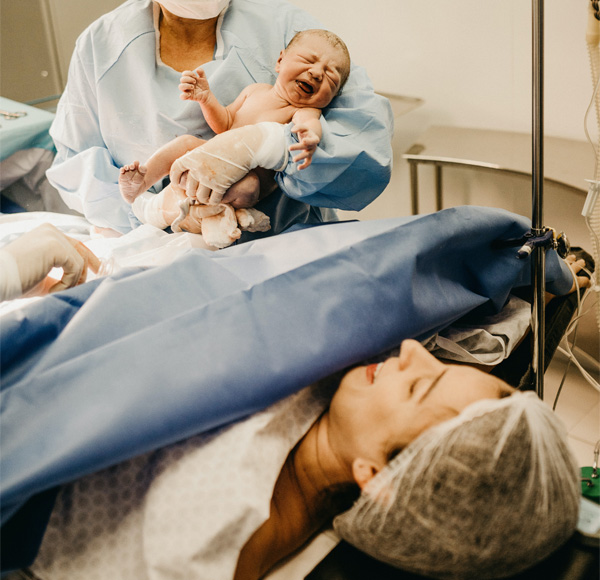 To clarify the current cost, select a clinic
To clarify the current cost, select a clinic
Clinical Hospital MD GROUP LAHTAK Clinic "Mother and Child" St. Petersburg
All directionsSpecialist consultations (adults)Molecular genetics laboratoryGeneral clinical researchTreatment roomOther gynecological operationsTelemedicine for adultsTherapeutic researchUltrasound examinations for adults
01.
Consultations of specialists (adults)
02.
Laboratory of molecular genetics
03.
General clinical studies
04.
Procedure cabinet
05.
other gynecological operations
06.
06. 06. 06. 06. 9000.9000 06. Adult telemedicine07.
Therapeutic research
08.
Adult ultrasound
Nothing found
The administration of the clinic takes all measures to update the price list posted on the website in a timely manner, however, in order to avoid possible misunderstandings, we advise you to clarify the cost of services and the timing of tests by calling
Baby in the maternity hospital: the first days of life
Immediately after childbirth
As soon as the baby born, the midwife takes him in her arms and immediately begins to care for him.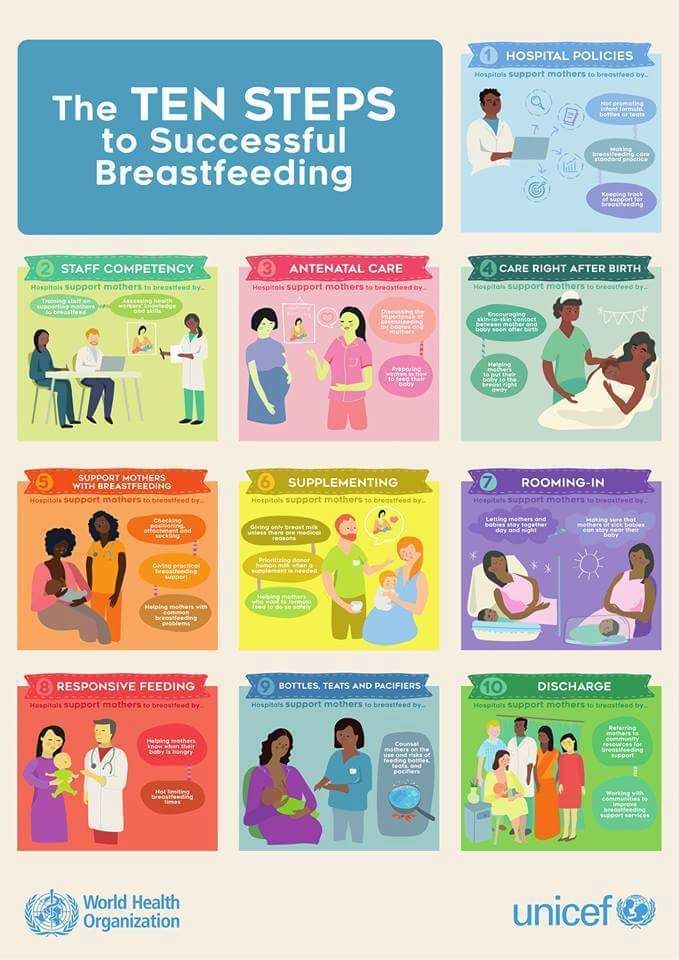 And there are no trifles here. Imagine: a baby is born wet, he has just been in his mother's body, where the temperature was 36.6 ° C, now he enters the maternity block, where the air temperature is about 24 ° C. This is a warm and comfortable environment for you and me, and for a baby, the difference of these 12 ° C is quite large. Thermoregulation in young children is still imperfect, they do not retain heat well and quickly cool down, and then there is also moist skin and a sharp temperature drop. Therefore, the first thing the midwife does is wipe the baby with a warm diaper and lay it on the mother's stomach. Several factors come into play here: firstly, physical contact with the mother will maintain the child’s body temperature and warm him. Secondly, it will strengthen the psychological bond between mother and baby. And, thirdly, the child's sterile organism will be populated with new maternal microorganisms that will protect it from conditionally pathogenic or pathogenic microflora of the environment.
And there are no trifles here. Imagine: a baby is born wet, he has just been in his mother's body, where the temperature was 36.6 ° C, now he enters the maternity block, where the air temperature is about 24 ° C. This is a warm and comfortable environment for you and me, and for a baby, the difference of these 12 ° C is quite large. Thermoregulation in young children is still imperfect, they do not retain heat well and quickly cool down, and then there is also moist skin and a sharp temperature drop. Therefore, the first thing the midwife does is wipe the baby with a warm diaper and lay it on the mother's stomach. Several factors come into play here: firstly, physical contact with the mother will maintain the child’s body temperature and warm him. Secondly, it will strengthen the psychological bond between mother and baby. And, thirdly, the child's sterile organism will be populated with new maternal microorganisms that will protect it from conditionally pathogenic or pathogenic microflora of the environment.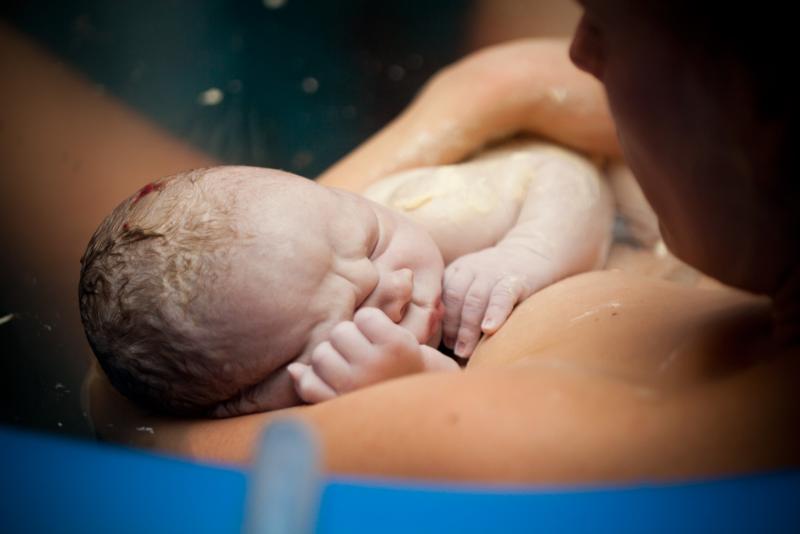
The next important moment is that the umbilical cord is cut for the newborn, the neonatologist examines the baby and puts an Apgar score. This scale is needed in order to determine which children need more attention. According to this scale, the health status of each newborn is assessed on five indicators: heart rate, respiration, muscle tone, reflexes, and skin color of the baby. During the examination, for each sign (heart rate, breathing, muscle tone, reflexes and skin color) give 0, 1 or 2 points. A score of 2 points in the delivery room is considered the highest and means that the sign is pronounced, 1 point - weakly expressed, 0 points - the sign is absent. The child is evaluated on the Apgar scale at the 1st and 5th minutes of life, so there are always two scores, for example 8/9points or 9/10 points. Children rarely score the maximum 10 points in the first minute of life, and usually the first score is always lower than the second. But the second assessment can just be equal to 10 points.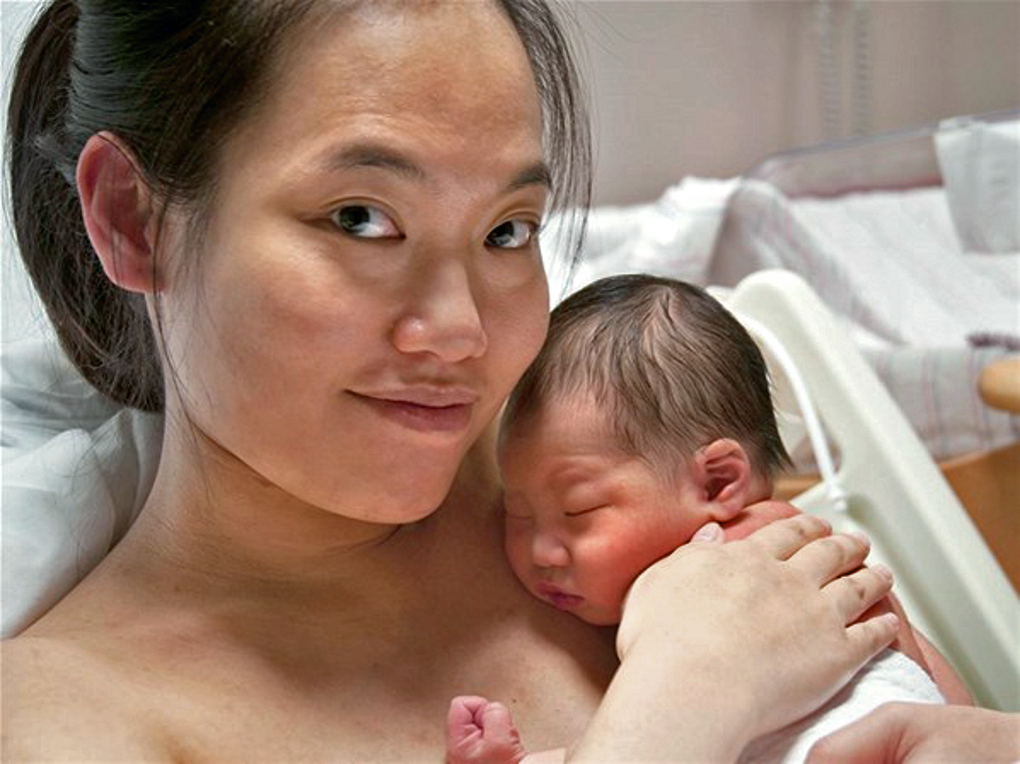 Children who score between 7 and 10 are considered to be in good condition and generally require only routine care. Those who score between 4 and 6 are in fair condition and may only need some resuscitation procedures. Immediate life-saving assistance is necessary for those whose score is below 4. Apgar score - no matter what it will be (low or high) - this is not a diagnosis. This is a signal for the doctor about what measures are now needed or, conversely, the child does not need.
Children who score between 7 and 10 are considered to be in good condition and generally require only routine care. Those who score between 4 and 6 are in fair condition and may only need some resuscitation procedures. Immediate life-saving assistance is necessary for those whose score is below 4. Apgar score - no matter what it will be (low or high) - this is not a diagnosis. This is a signal for the doctor about what measures are now needed or, conversely, the child does not need.
Next, the neonatologist continues to examine the newborn. The doctor looks at how the baby is formed, whether he has any developmental anomalies or any other problems. After that, the newborn is washed, measured, weighed, and a tag with the name of the mother and the time of birth is attached to the handles. Then the child is wrapped in a diaper and applied to the mother's breast. Almost always at this time (within 10–20 minutes after birth), the baby calms down and falls asleep. What happens next depends on the design of the maternity hospital. In some maternity hospitals, for the next two hours, the mother and the newborn are in the maternity ward, in others the child is taken to the children's ward. In any case, if there is an opportunity to be together, you must ask to leave the baby next to you, if the child feels well, this is quite possible.
In some maternity hospitals, for the next two hours, the mother and the newborn are in the maternity ward, in others the child is taken to the children's ward. In any case, if there is an opportunity to be together, you must ask to leave the baby next to you, if the child feels well, this is quite possible.
With mother or in the children's department
Now almost everywhere you can be with a child both together and separately. But again, it all depends on the device of the maternity hospital. If a woman lies separately from the baby, then she will take him for feeding. The sisters of the children's department will take care of the child, wash, change diapers, change clothes. But you need to understand that they do this according to a schedule that is the same for all children in the department, and not according to the individual needs of the child.
If the child lies with his mother, then his regimen is already determined by her. Mom can feed the baby on demand, and not by the hour, as with a separate stay.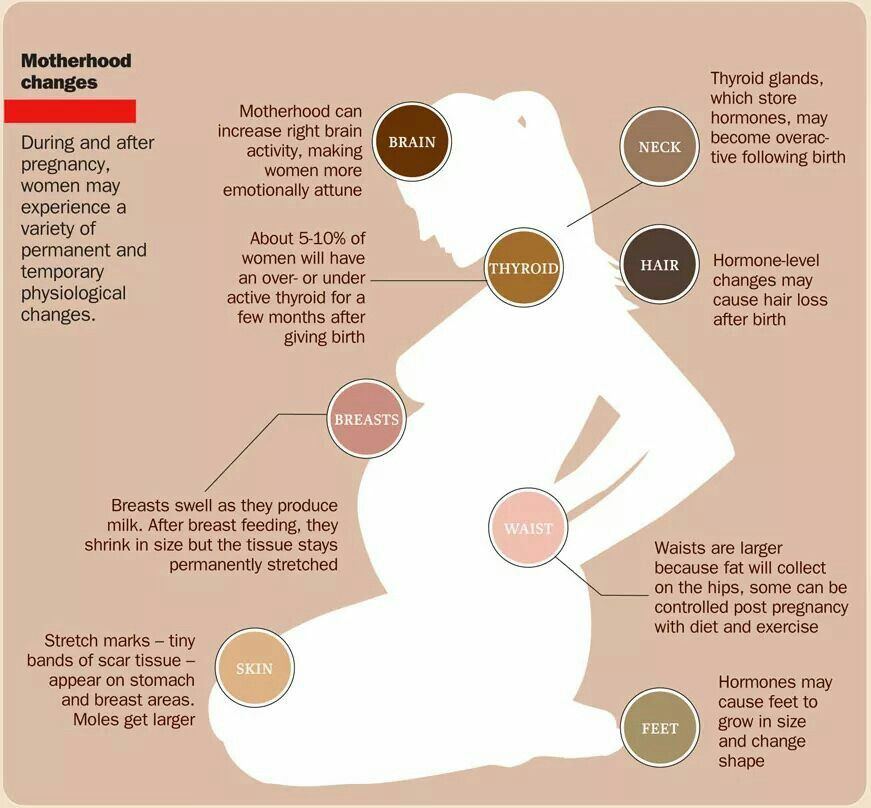 And she also changes the diaper or changes it when it is really necessary (the child peed and the diaper is full), and not according to some schedule that is the same for everyone. It turns out that a connection is established between mother and child faster, it is easier for a woman to understand what the baby needs, why he is crying and what to do with him. If a mother already at the maternity hospital learns to wash and change a child, change his diaper, upon returning home, she will adapt much easier to a new life and a new daily routine. The second important plus of living together is that breastfeeding is established faster, and when feeding on demand, milk will come faster.
And she also changes the diaper or changes it when it is really necessary (the child peed and the diaper is full), and not according to some schedule that is the same for everyone. It turns out that a connection is established between mother and child faster, it is easier for a woman to understand what the baby needs, why he is crying and what to do with him. If a mother already at the maternity hospital learns to wash and change a child, change his diaper, upon returning home, she will adapt much easier to a new life and a new daily routine. The second important plus of living together is that breastfeeding is established faster, and when feeding on demand, milk will come faster.
Some women believe that after giving birth they need to rest, be apart from the child, they say, they are taking care of him in the children's department, and for now I will come to my senses and get used to my new state. Yes, if the birth was difficult and the mother endured it hard, then you need to rest.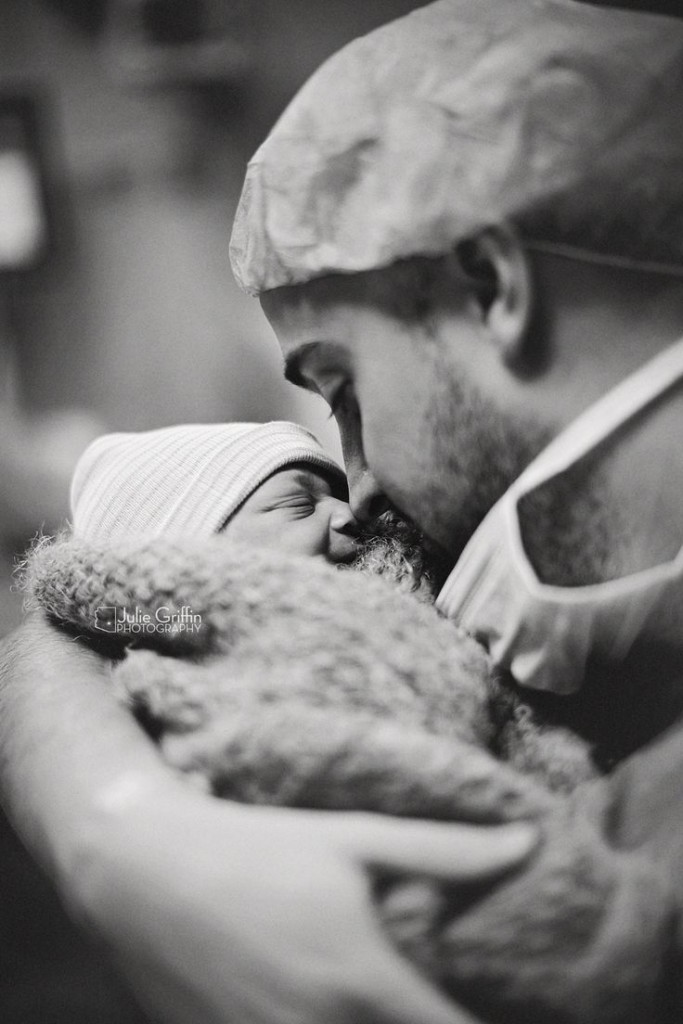 But since childbirth is still a physiological process, a woman recovers very quickly and even after a difficult birth, on the second day, she may well take the child to her ward. After all, judge for yourself - she won’t have to do anything special: she doesn’t cook dinner (the maternity hospital provides food), then she doesn’t wash the dishes, she doesn’t clean or wash anything (the maternity hospital even gives out clean clothes daily). Almost all newborns do not cry in the first days after childbirth, but sleep all the time, and it turns out that the only concern of the mother is to breastfeed the baby several times a day and change the diaper. So a woman will have enough time to rest, and why not use it for business? And one more thing: those who gave the child to the children's department like to blame later that he was supplemented with formula there, although the woman asked not to do this. But imagine the situation: the child cried, his sister examined him - he was washed, changed clothes, that is, everything is in order with him, but he, nevertheless, cries.
But since childbirth is still a physiological process, a woman recovers very quickly and even after a difficult birth, on the second day, she may well take the child to her ward. After all, judge for yourself - she won’t have to do anything special: she doesn’t cook dinner (the maternity hospital provides food), then she doesn’t wash the dishes, she doesn’t clean or wash anything (the maternity hospital even gives out clean clothes daily). Almost all newborns do not cry in the first days after childbirth, but sleep all the time, and it turns out that the only concern of the mother is to breastfeed the baby several times a day and change the diaper. So a woman will have enough time to rest, and why not use it for business? And one more thing: those who gave the child to the children's department like to blame later that he was supplemented with formula there, although the woman asked not to do this. But imagine the situation: the child cried, his sister examined him - he was washed, changed clothes, that is, everything is in order with him, but he, nevertheless, cries.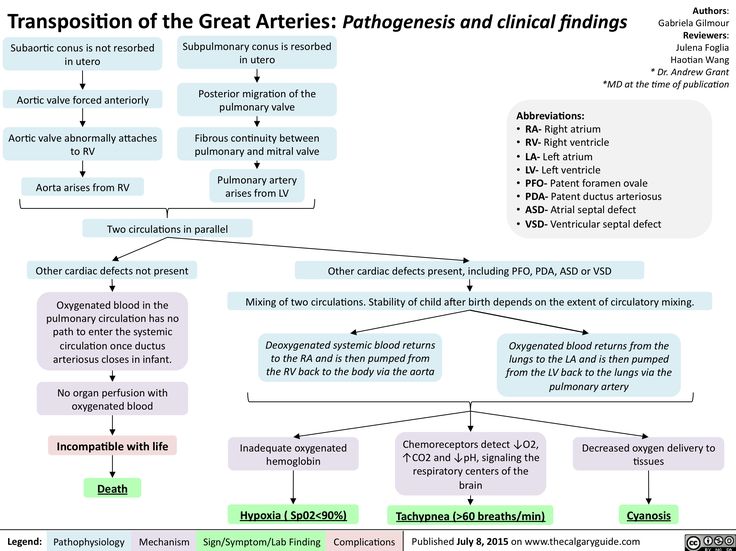 What will mom do - take the baby in her arms, shake, calm. But the sister of the children's department has many more children nearby, they also need to be looked after. What is the way out - either give a bottle with a mixture or wait for other children to “turn on” from the endless crying of the child.
What will mom do - take the baby in her arms, shake, calm. But the sister of the children's department has many more children nearby, they also need to be looked after. What is the way out - either give a bottle with a mixture or wait for other children to “turn on” from the endless crying of the child.
First examinations, tests, vaccinations
While the newborn is in the hospital, he will be examined by a neonatologist every day. The doctor will either come to the ward to see the mother and the baby, or the child will be taken to the children's department. The doctor must coordinate all manipulations, appointments with the mother, and be sure to tell about all the results of the examination. But he himself will not be able to guess what exactly the woman is interested in, so doctors usually say the main thing, for example: "Everything is in order with the child, he has been examined, no pathology has been detected, he is gaining weight." If you need a more detailed answer, formulate your questions in advance, let's say again: the doctor does not know what interests you - how to care for the navel or why the child has a red spot on his face.
If necessary, the child will be examined by other specialists: an ophthalmologist or a neurologist. The newborn will be required to determine the blood type and Rh factor, and also take a blood test for severe congenital diseases (the so-called screening). The fact that these tests have been carried out will be indicated in the children's part of the exchange card (it will be issued upon discharge). The child may also be assigned some additional studies: a general and biochemical blood test, a general urine test. Also, if necessary, the newborn will undergo an ultrasound examination of the abdominal organs, brain (neurosonography), heart (echocardiography).
As for vaccinations, according to the national vaccination calendar, the first vaccinations are done at the maternity hospital. On the first day of life - from hepatitis B, on the full second day - from tuberculosis. If parents do not want to be vaccinated, then you must inform the doctor about this in advance and write a refusal to vaccinate.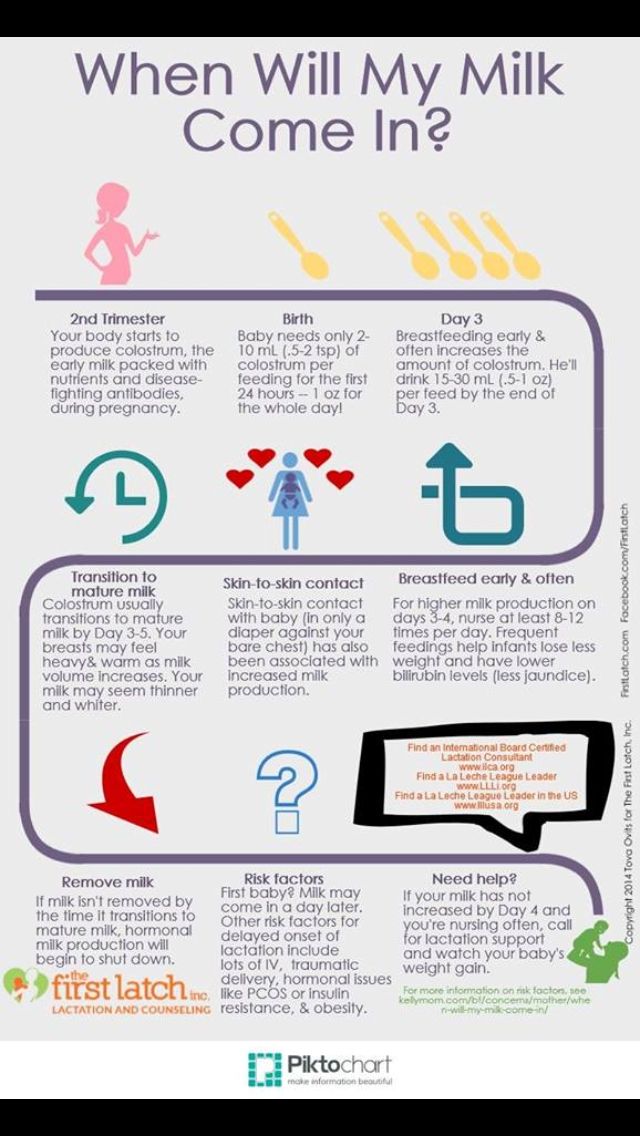
Upon discharge from the maternity hospital, the mother will be given two parts of the exchange card. One of them will contain information about childbirth, and it will have to be taken to the antenatal clinic. The second part of the exchange card will contain data on the child, screening, vaccinations and examinations - it is given to the children's clinic. The next day after the mother and baby return home from the maternity hospital, they will be visited by the health visitor of the polyclinic, and the next day by the pediatrician. And now the specialists of the children's polyclinic will monitor the newborn.
As you can see, the child in the maternity hospital will be under control all the time. Mom, doctors, children's sisters - they will all give him the attention he needs. The main thing for a woman in a maternity hospital is to be active, ask doctors, nurses, learn how to care for a baby, and establish breastfeeding. And then she will return home as a confident and savvy mom!
- Apgar score - no matter what it will be (low or high) - this is not a diagnosis.
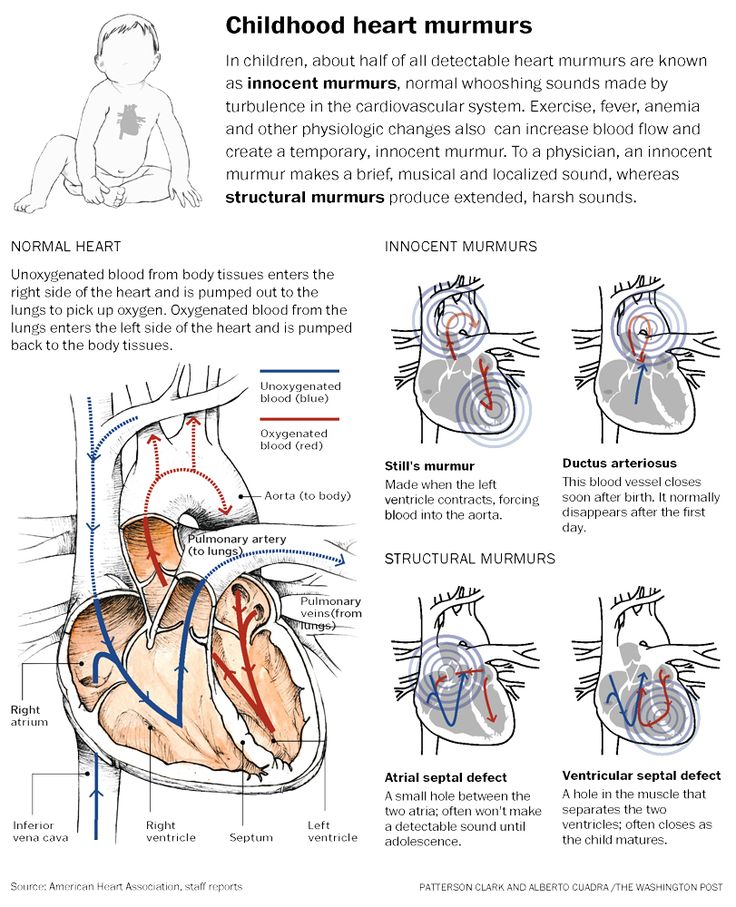 This is a signal for the doctor about what measures are now needed or, conversely, the child does not need
This is a signal for the doctor about what measures are now needed or, conversely, the child does not need - If a woman lies separately from the baby, then she will take him to feed. The sisters of the children's department will take care of the child, wash, change diapers, change clothes. But you need to understand that they do it according to a schedule that is the same for all children in the department, and not according to the individual needs of the child
- Laying the baby on the stomach after childbirth will maintain his body temperature, strengthen the psychological bond between mother and baby. And the child’s sterile organism will be populated with new maternal microorganisms that will protect it from conditionally pathogenic or pathogenic microflora of the environment
Memo for mothers
While you are in the hospital
- If possible, take the child to your room. So you will quickly get used to it, establish breastfeeding and learn how to care for the baby.

- If you don't know how to wash, change or swaddle your baby, ask the Nursing Nurse to show you how to do it. Do it yourself at least a few times.
- Ask your midwife in the puerperium to show you how to properly latch on to your baby.
- Ask a neonatologist what examinations have been done for the child and what he would like to do in the future.
- Be active - ask the doctor and nurses any questions about the baby.
Attention! Prices for services in different clinics may vary. To clarify the current cost, select a clinic
Clinical Hospital IDKChildren's Clinic "Mother and Child" Samara
All directionsSpecialist consultations (children)Massage / manual therapy for childrenTherapeutic research
01.
Specialist consultations (children)
02.